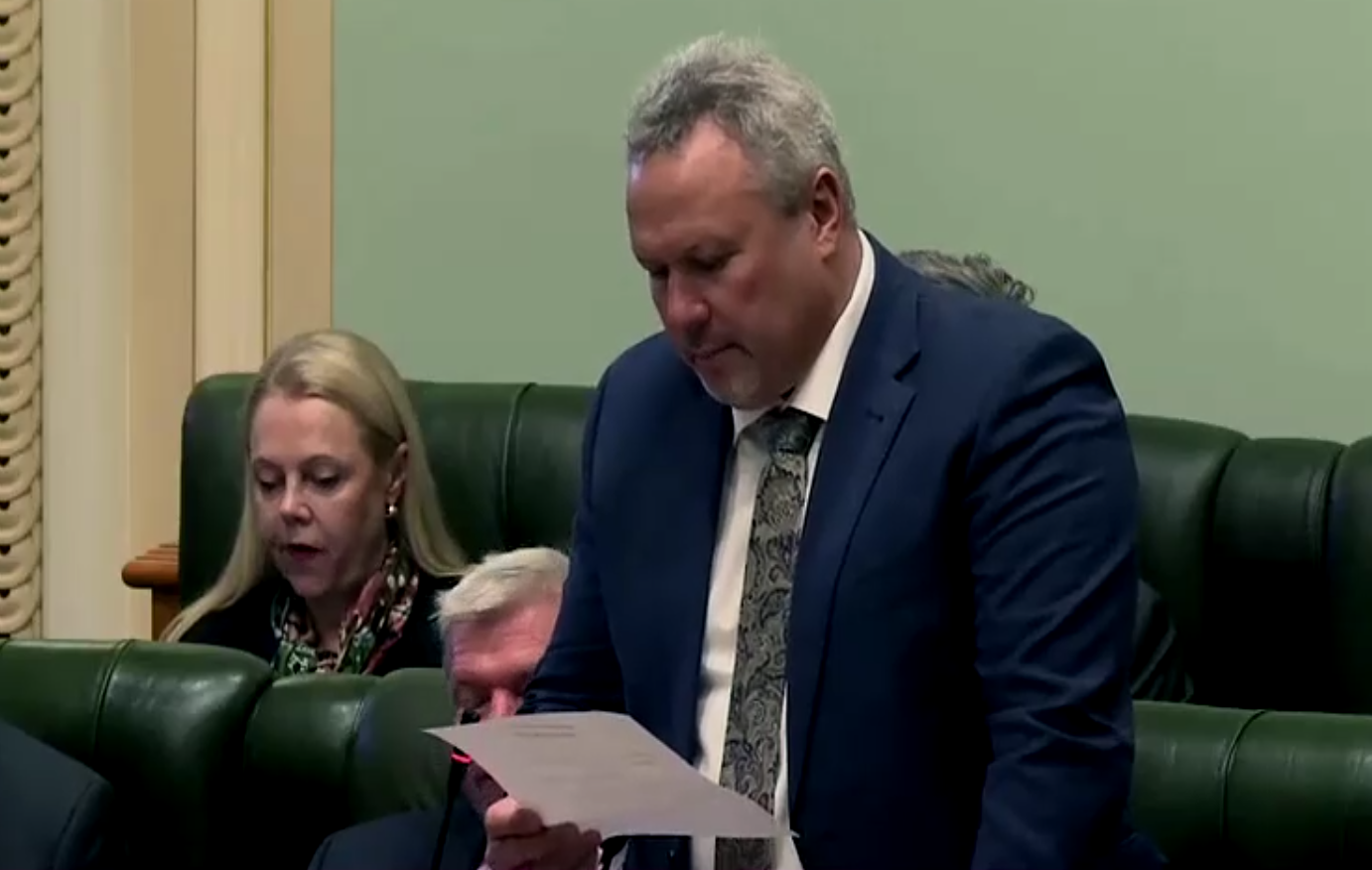Bushfire Preparedness 2023 - Transcript
MR ANDREW: I rise to address the vital issue of bushfire preparedness. In a bushfire prone state like ours, it is hard to understand how government authorities are still failing to keep communities safe.
Queensland should have been well and truly bushfire ready by now.
Instead, we find ourselves yet again on the back foot when it comes to bushfire preparedness.
Today, there are more than 40 bushfires raging across the Western and Darling Downs of Queensland, with warnings issued for the Scenic Rim, Gympie, Gladstone, Rockhampton, Mackay, Cook shire, Aurukun and Mount Isa.
Out-of-control blazes have destroyed homes, sheds and cars and, sadly, at least two people have lost their life.
The government should have been doing much more to prevent, or at least mitigate, the severity of these bushfires.
Instead, they have been cutting back on proven safety measures all year.
In 2022, Operation Cool Burn was replaced with a new, more ‘sustainable’, fire management strategy called Operation Sesbania.
It is working—not! According to QFES, Operation Sesbania was ‘changing the way Queensland communities prepare for bushfires’.
It was the bushfire safety manager who said there is huge change in mindset about how we do business.
Controlled burns in the winter months to prepare for summer were seen as ‘old hat’ under the new model.
‘Mitigation strategies’ are now run throughout the year and include everything from community engagement and education programs to investments in state-of-the-art green technologies and surveillance and monitoring infrastructure.
At estimates, the QFES commissioner said that the state had ‘moved to a different way of running our risk mitigation programs’.
He said from 1 January through to 7 August 2023, QFES had carried out 630 ‘mitigation activities’.
What he did not say was that these ‘mitigation activities’ comprised many different programs, not all of which involved the traditional slashing, back-burning and cool burns that have proved so effective in the past and actually worked.
This failure was repeated at a press conference the following month, when he reassured the public that since January QFES had overseen more than 530 hazard reduction burns.
The ABC subsequently revealed the commissioner had provided incorrect and inflated numbers for the operations his department had undertaken to reduce bushfire risk.
It turned out that the figure of 530 had been inflated by the QFES by including other activities such as community engagement and training programs.
An updated figure was provided by QFES which claimed it had carried out 418 burns, totalling 666,000 hectares.
Compare that to the 1.03 million hectares in the 2018-19 financial year ahead of the 2019 bushfires. Commissioner Leach also said hazard reduction burns were up by 300 on 2022, which was also later revised downwards to 281.
Hazard reduction activities are a major part of controlling the fuel load in our state.
We have to do it.
They got caught the other day with an Ergon fire.
Animal welfare is the major concern here as well as infrastructure and the livelihoods and lives of people. It is not happening.

No responses yet